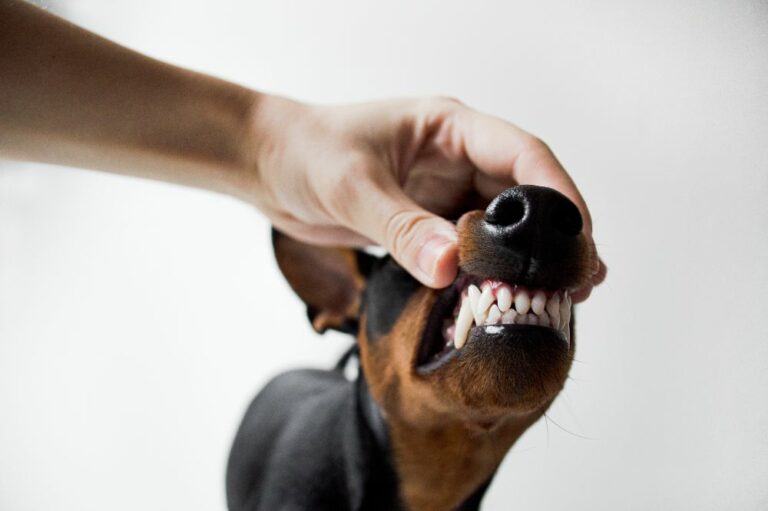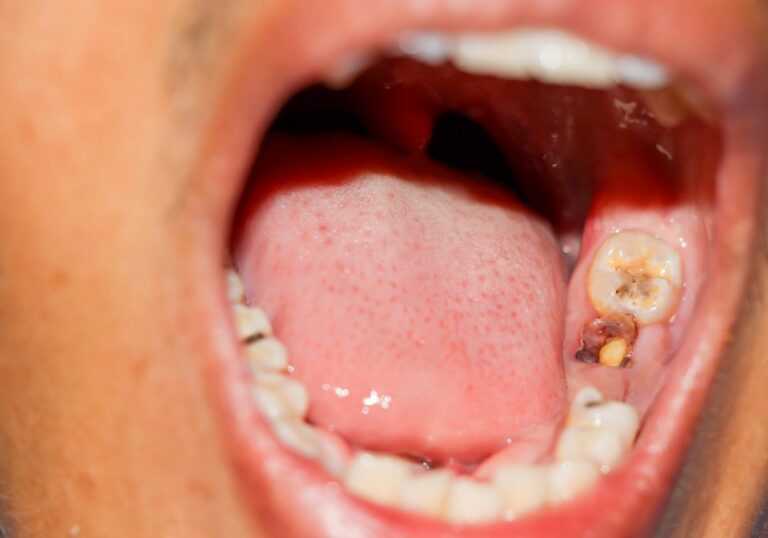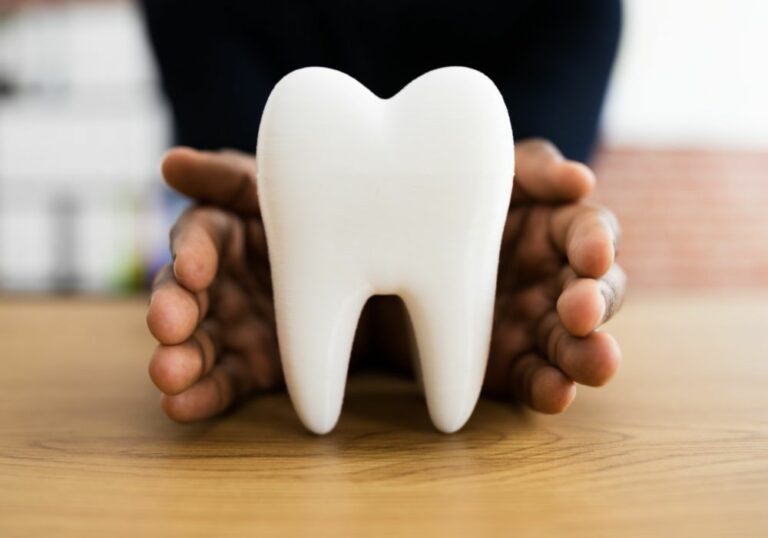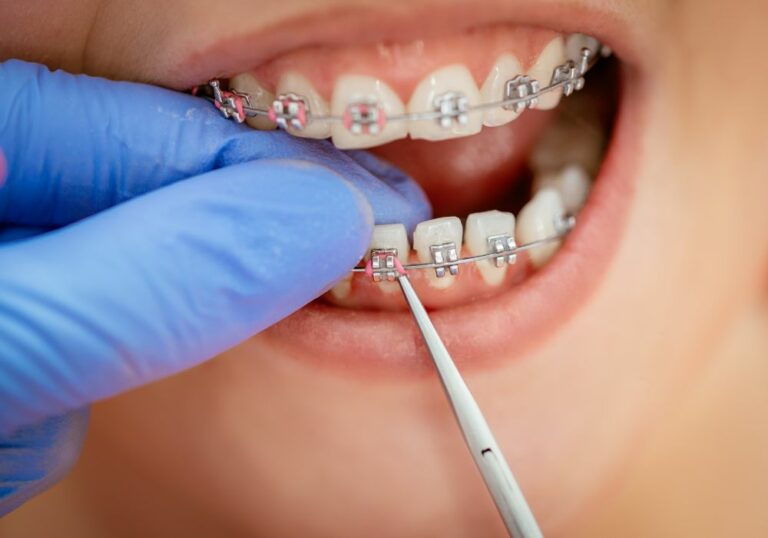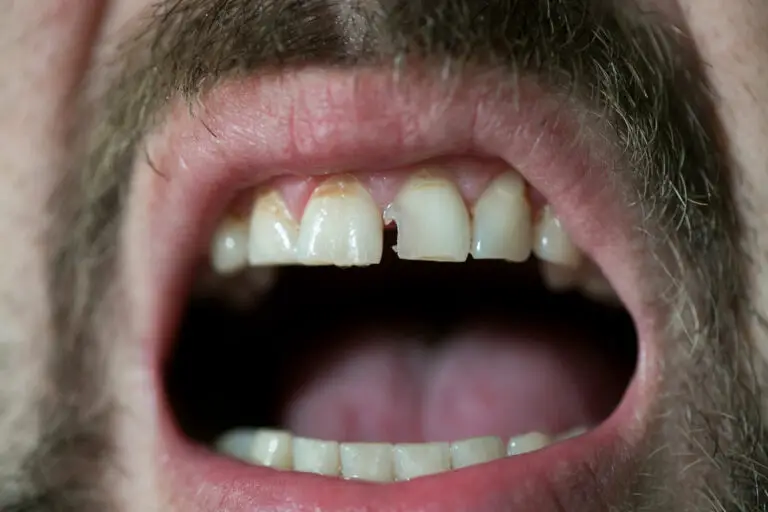Plaque is a sticky, colorless biofilm that constantly forms on our teeth. This plaque is made up of bacteria, salivary polymers, and food debris. If plaque is not effectively removed each day by brushing and flossing, it can lead to inflammation of the gums (gingivitis), destruction of supporting tissues around teeth, and tooth decay.
Many people notice that plaque and its hardened form, calculus (tartar), seems to rapidly build up more on their lower teeth compared to their upper teeth. There are several anatomical and functional reasons why plaque accumulation tends to occur at faster rates on the bottoms of teeth. Understanding these factors can help improve oral hygiene habits.
Structural Factors That Promote Plaque Buildup on Lower Teeth
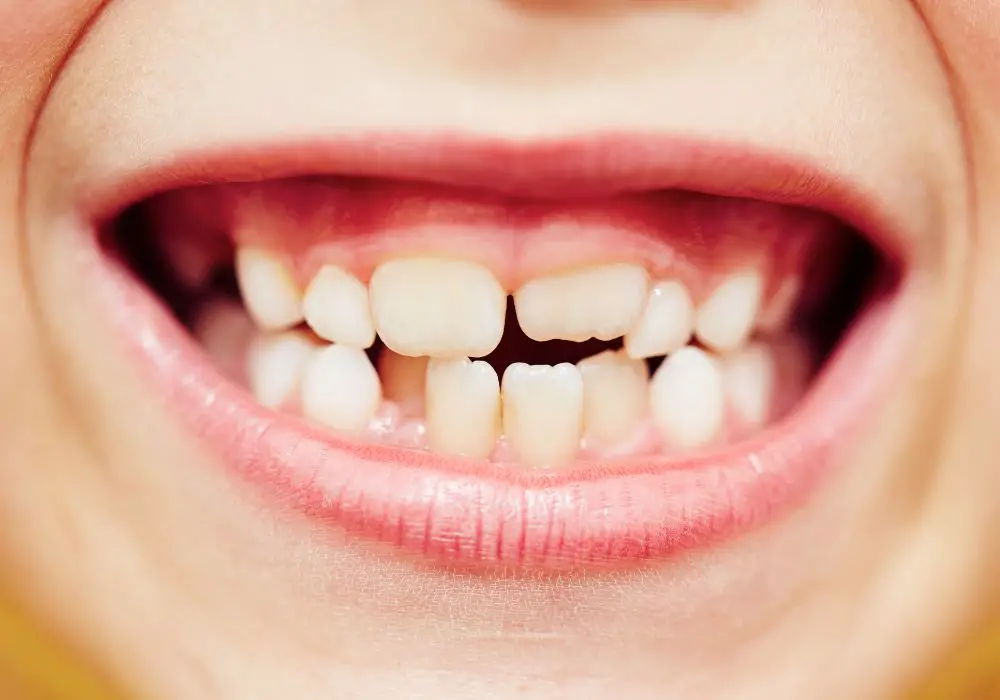
Tooth Anatomy
Human teeth are classified into four main types based on their function and structure. The upper and lower incisors and canines are single-rooted with a sharp biting edge. Their smooth labial surfaces give less surface area for plaque to adhere.
The premolars and molars (posteriors) have 2-3 pointed cusps per tooth and multiple roots. The chewing surfaces of lower molars especially provide many pits, grooves and irregular areas where bacteria can readily colonize to form plaque biofilms. Food particles also get trapped more easily on the rough occlusal surfaces of lower molars.
Gum Line Differences
In general, the gum line is positioned slightly higher around the necks of the lower front teeth. This creates deeper periodontal pockets around lower anterior teeth where plaque and calculus can accumulate subgingivally. More plaque below the gumline leads to increased risk of periodontal (gum) diseases like gingivitis and periodontitis.
The alveolar bone surrounding lower front teeth is also thinner, providing less bony support and protection from plaque encroachment. Upper front teeth have thicker bone, higher bone peaks and more dense fibrous tissue attachment. This more resistant structure makes it harder for plaque to penetrate deep below the gumline around upper anterior teeth.
Salivary Gland Location
The major salivary glands (parotid, submandibular and sublingual) are located in the floor of the mouth and under the tongue. As saliva flows out of the glands and duct openings, gravity causes it to bathe the lower teeth first. While saliva helps clean and lubricate the teeth, its constant drenching effect also promotes plaque formation on lower teeth. More moisture allows plaque-causing bacteria to thrive and accumulate on the bottom teeth near salivary ducts.
Reduced Cleaning from the Tongue
The dorsal surface of the tongue is covered in tiny papillae which give it a rough texture. As the tongue moves during talking, swallowing and eating, it provides a wiping action on the palatal and lingual surfaces of the upper teeth. This helps disrupt and remove some of the forming plaque and debris, especially on the backside of upper front teeth.
The lower teeth do not receive the same mechanical cleaning benefits from this close contact with the tongue. Bacteria and food particles readily stagnate and collect on lingual surfaces of lower anterior teeth since they are not brushed away by the tongue.
Functional Factors That Increase Lower Tooth Plaque Retention
Effect of Gravity
The force of gravity causes saliva, food and fluids to collect and pool around the lower teeth more than upper teeth. Saliva contains minerals like calcium and phosphate that help repair and remineralize tooth enamel. But increased saliva coating on the bottom teeth also provides more moisture for plaque bacteria to thrive.
Particles of food and cellular debris shed from the oral mucosa tend to fall downward and stick more readily on lower teeth during talking and chewing. Lingual surfaces of lower incisors and canines have less friction and activity to dislodge accumulating debris. These retained food particles help feed and sustain plaque biofilms.
Cleaning Habits and Dexterity
Most people demonstrate reduced dexterity, visibility and attention when brushing their lower teeth. Right-handed individuals tend to brush more vigorously and thoroughly on the outer and inner areas of their upper teeth. The lower teeth often receive only quick vertical strokes.
Effective plaque removal requires repeatedly angling the bristles underneath the gumlines along each lower tooth surface. However, this meticulous brushing takes more time, effort and dexterity. Many people simply do not take time to adequately brush the tongue-side surfaces of lower teeth. Lack of vision and awkward hand positioning also contribute to decreased brushing efficacy on lower posterior teeth.
Flow of Food
During mastication and deglutition, food has increased contact time with the occlusal and lingual surfaces of lower molars. Food tends to stick to these chewing surfaces as it is crushed by the upper cusps. Lower molars also collect leftovers as food is worked into a bolus and positioned on the tongue to be swallowed. All this increased food contact provides more opportunity for plaque bacteria to accumulate on the bottom posterior teeth.
Difficulty with Flossing
Flossing adequately between lower posterior teeth takes patience and practice. Floss must be curved tightly around each molar and angled subgingivally. The delayed eruption of lower wisdom teeth also makes them harder to access for flossing. Infrequent and improper flossing of lower molars allows more plaque to build up interproximally and below the gumline in these areas.
Effects of Excess Plaque on Lower Teeth

With inadequate daily removal, plaque bacteria proliferate rapidly on lower teeth. A thick film of bacteria, salivary polymers and food debris adheres to the enamel. This sticky plaque leads to various oral health issues if left to accumulate.
Gum Disease
Plaque that is not disrupted contains pathogens that cause gingival inflammation. Toxins from the plaque bacteria infiltrate the gums, provoking an inflammatory immune response. This inflammation manifests as red, puffy, bleeding gums indicative of gingivitis. Easy bleeding when brushing is an early sign of gingival irritation.
As gingivitis persists, plaque byproducts trigger immune cells to destroy gum tissues and underlying bone. The gums begin to detach from the teeth forming periodontal pockets, and the teeth may loosen or drift. Pus may discharge from the infected gum pockets. This advanced stage is known as periodontitis, and can lead to tooth loss if the inflammation and bone loss are not controlled.
Dental Caries
If calcified into tartar, plaque provides an ideal reservoir for cariogenic bacteria like Streptococcus mutans to thrive. These bacteria consume sugar and release acid as the byproduct. The protruding layer of bacterial acid eats away at the enamel in a process called demineralization. Repeated acid attacks create cavities and decay in tooth structure. Plaque buildup below the gumline also causes recurrent root surface caries.
Halitosis
Anaerobic bacteria that live in plaque biofilms produce foul odors, especially hydrogen sulfide which smells like rotten eggs. When plaque accumulates between lower anterior teeth or on the tongue, populations of these fetid bacteria increase. Gases diffusing from the plaque deposits cause unpleasant mouth odor known as halitosis.
Tooth Staining
Thick plaque deposits provide an adherent matrix where staining pigments easily amass and darken on lower anterior teeth. Chromogenic bacteria in plaque naturally produce yellowish or brown pigments that discolor enamel. Certain foods and drinks like coffee, tea and red wine also readily stain teeth where plaque has accumulated.
Dental Calculus
Without diligent plaque removal, the minerals in saliva will harden the plaque into calculus (tartar). These concrete-like mineral deposits tenaciously bond to tooth surfaces. Calculus has a rough texture that makes it even easier for new plaque to form on top. The chunky deposits also irritate the gums and progressively worsen periodontal disease.
Prevention Strategies
Daily oral hygiene habits must be optimized to control rapid plaque buildup on lower teeth. Several ways to enhance plaque removal in problem areas include:
Effective Toothbrushing
Using correct technique is key—angle bristles underneath gumlines of lower teeth and use gentle vibratory motions. Electric toothbrushes with rotating oscillation technology help improve plaque removal on lower posterior teeth. Avoid just quick, vertical brushing on lower teeth.
Thoroughly brush the tongue to help dislodge bacteria before they attach to and colonize on the lower anterior teeth. Take full 2 minutes to adequately brush all surfaces.
Diligent Flossing
Carefully floss between lower molars and premolars each day. Use a back-and-forth, C-shaped motion to dislodge plaque from below gumlines and areas between teeth. Dental picks can help access tight contacts.
Antimicrobial Mouth Rinses
Choose oral rinses containing cetylpyridinium chloride, essential oils, chlorhexidine or hydrogen peroxide. Swish energetically for 60+ seconds to physically reduce plaque on tongue-side surfaces of lower teeth.
Regular Dental Cleanings
Even meticulous home care may not fully prevent tartar buildup on lower anterior teeth. Seeing a dental professional every 3-6 months for scaling and planing is key for managing calculus. More frequent cleanings may be needed by those highly prone to tartar formation.
Diet Modification
Avoid constant snacking or sipping on sugary, acidic foods and drinks. Limit carb-heavy and sticky foods that cling to lower teeth. Drink more green tea and munch on crunchy fruits/veggies to help scrub lower teeth.
Quit Smoking and Chewing Tobacco
Tobacco irritates gums and alters oral bacteria in ways that promote plaque growth. The chemicals in cigarettes also discolor lower anterior teeth. Smoking cessation helps reduce plaque buildup and staining.
Professional Cleaning Methods

Regular professional cleanings help prevent a worsening cycle of plaque, tartar and gum disease. If plaque deposits are not heavy, the dental hygienist will use a plaque-disclosing solution to identify areas of buildup. A tooth scaler will then be used to ultrasonically vibrate off and suction away plaque and early tartar above and below the gumline.
For rougher tartar deposits a dental hand scaler is used. The hygienist carefully inserts the metal scaler below the gumline and systematically scrapes off tenacious calculus nodules. This deeper scaling is known as root planing and debridement. It removes bacterial toxins that cause gum inflammation. Ongoing periodontal maintenance helps keep tartar controlled.
If significant calculus extends below the gums, localized antibiotics or antimicrobial rinses may be used to sterilize periodontal pockets after scaling. In cases of severe, recurrent tartar – lasers can selectively break up calcified deposits. Strong antimicrobial photodynamic therapy is also sometimes used.
Fluoride applications help remineralize enamel after the tartar has been removed. Sealants and prescription anti-plaque rinses also help prevent rapid plaque redeposition on cleaned lower teeth.
Conclusion
The bottom teeth do tend to rapidly accumulate plaque due to their anatomy and positioning. Thorough daily brushing, flossing, rinsing and chewing behaviors can help mitigate this issue. Regular professional cleanings allow for deeper removal of tenacious calculus on lower teeth. Keeping up plaque control is necessary to avoid accelerated tartar buildup and resulting dental diseases. Maintaining diligent oral hygiene and receiving frequent dental cleanings helps ensure the bottom teeth stay as clean and healthy as the top teeth.
Frequently Asked Questions
Why is plaque so harmful?
Plaque contains colonies of bacteria that release acids and inflammatory toxins. Left undisturbed, these byproducts damage tooth enamel, irritate gums, and destroy bone support for the teeth. Plaque can harden into tartar which worsens dental disease.
How long does it take for plaque to calcify into tartar?
Plaque begins to mineralize into tartar in as little as 24-48 hours. Small, gritty tartar deposits form in just a couple days without thorough plaque removal. Within 1-2 weeks, larger tartar buildups can form and bond strongly to teeth.
Can you effectively remove tartar buildup at home?
No. Once hardened into calculus, tartar cannot be disrupted or dissolved away by brushing or flossing. Attempting to scrape off thick tartar at home could damage the enamel or cementum. Tartar requires professional scaling tools to fully remove without hurting teeth.
What foods help clean plaque off teeth?
Fiber-rich crunchy fruits and vegetables increase saliva flow and provide a mechanical scrubbing effect. Dairy products help strengthen and remineralize enamel. Sugar-free gum with xylitol inhibits bacteria adhesion and plaque metabolism. Green tea and black tea may also help control plaque due to their polyphenol content.
How often should you get a professional dental cleaning?
Most dentists recommend a teeth cleaning and oral exam every 6 months to control tartar buildup and detect issues early. People prone to heavier calculus may need 3-4 month cleanings. Cleanings disrupt disease progression and ensure adequate plaque removal between dental exams.

